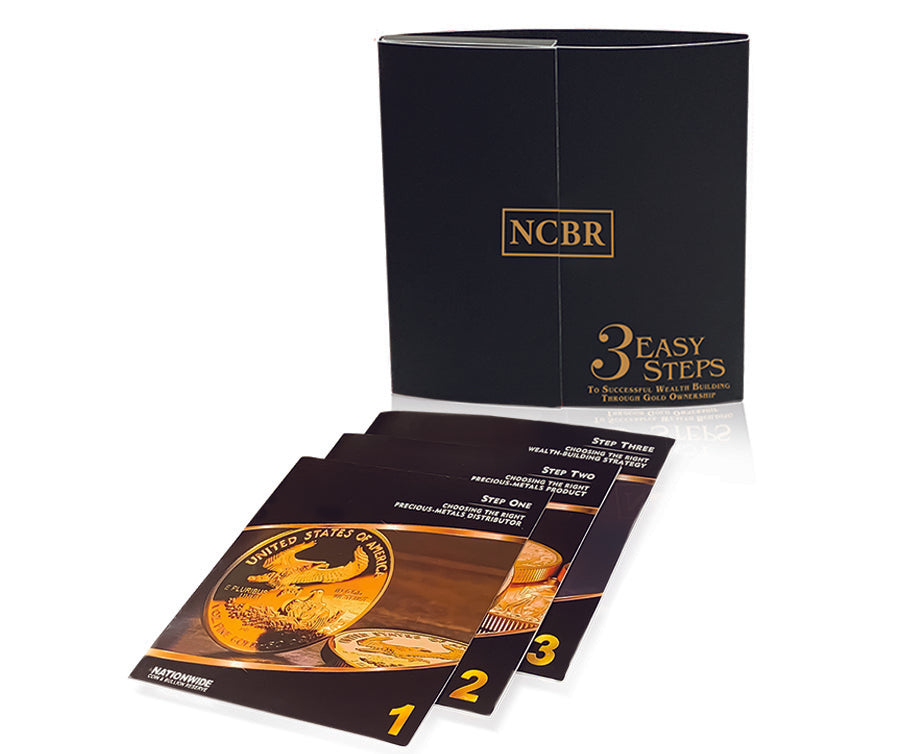The 1902 Indian Head Penny is a significant part of American history, minted during a time when the United States was rapidly evolving. It represents an era of industrial growth and cultural change, reflecting the spirit and identity of the nation during the turn of the 20th century.
Design: Uncovering the Aesthetics and Symbolism
James Barton Longacre, the Chief Engraver of the US Mint, designed the 1902 Indian Head Penny. Its front side depicts Lady Liberty wearing a Native American headdress, symbolizing freedom and the heritage of the land. The back of the coin displays the words "ONE CENT" surrounded by an oak wreath. Below the wreath, three arrows are visible under a ribbon that unified the two branches of the wreath. These intricate details and symbols contribute to the coin's historical significance and cultural depth.
Rarity and Collectibility: Understanding its Scarcity and Appeal
The 1902 Indian Head Penny is one of the newer coins in this series, and it's easier to find compared to the older ones. However, collectors looking to complete their collection will definitely want to add this coin to their set, especially if it's in great condition.
The Indian Head Penny series is known for its unique charm. These coins were produced for a long time and remained in circulation well beyond their minting years, making them an important part of US coin history.
Determining Its Value: Exploring Factors that Affect its Worth
Assessing the value of the 1902 Indian Head Penny involves considering various factors. The coin's condition, rarity, historical significance, and demand within the numismatic community all contribute to its overall appraisal. Experts evaluate its physical state, including signs of wear, shine, and any potential flaws. Additionally, the economic and social context during the time of its circulation impacts its monetary value. Understanding these aspects is crucial for collectors interested in delving into the world of coin appraisal.
Grading the 1902 Indian Head Penny: Deciphering Its Condition and Quality
The process of grading the 1902 Indian Head Penny involves meticulous examination and assessment to determine its condition and quality. This step is crucial in understanding its market value and historical significance, guiding collectors in making informed decisions. Here's a comprehensive look at the key aspects considered during the grading process:
Surface Evaluation
Experts examine the surface of the 1902 Indian Head Penny carefully to identify any signs of wear, damage, or alteration. They closely inspect the texture, searching for scratches, nicks, or any other flaws that might have occurred due to use or mishandling over time. A well-maintained surface with few blemishes generally receives a higher grade, indicating its excellent condition.
Detail Examination
The intricate details on the coin, including the feathers on Lady Liberty's headdress and the elements within the wreath on the reverse side, are carefully inspected. Evaluators assess the sharpness and clarity of these features, considering any signs of fading, distortion, or lack of definition. Coins with well-defined, crisp details often receive a higher grading, indicating their superior quality and preservation.
Wear and Luster Analysis
The level of wear on the 1902 Indian Head Penny is a crucial factor in determining its grade. Evaluators assess the extent of friction and erosion, primarily focusing on the high points of the design. A coin with minimal wear, retaining its original luster and shine, signifies better preservation and fetches a higher grade in the grading scale.
Overall Appeal
Beyond the technical aspects, the overall visual appeal of the 1902 Indian Head Penny plays a significant role in its grading. Factors such as toning, color consistency, and the absence of stains or discoloration contribute to the coin's aesthetic appeal. An appealing appearance, coupled with its historical significance, enhances its desirability among collectors and enthusiasts, resulting in a favorable grading.
Grading Scale
The grading scale for the 1902 Indian Head Penny typically ranges from Poor (PO-1) to Perfect Uncirculated (MS-70), with several intermediate grades based on the coin's condition and quality. Each grade reflects specific characteristics and serves as a standardized way to communicate the coin's overall state to potential buyers and sellers.
Preserving Its Legacy: Nurturing Appreciation for Numismatic Heritage
More than just a collectible, the 1902 Indian Head Penny embodies a significant part of America's past, representing the nation's resilience, progress, and diversity. Preserving its legacy involves not only safeguarding its physical condition but also fostering a shared passion for numismatic heritage across generations. Museums, historical societies, and numismatic organizations play a crucial role in educating and generating interest in coins like the 1902 Indian Head Penny, ensuring that its historical significance remains ingrained in the collective memory of the country's history.
Conclusion
The 1902 Indian Head Penny serves as a timeless link to an era characterized by change and the pursuit of the American dream. Its historical importance, visual attractiveness, and cultural symbolism continue to fascinate numismatic enthusiasts and historians worldwide, establishing its position as a valuable artifact in American heritage.
Real Time Precious Metals Data Below







